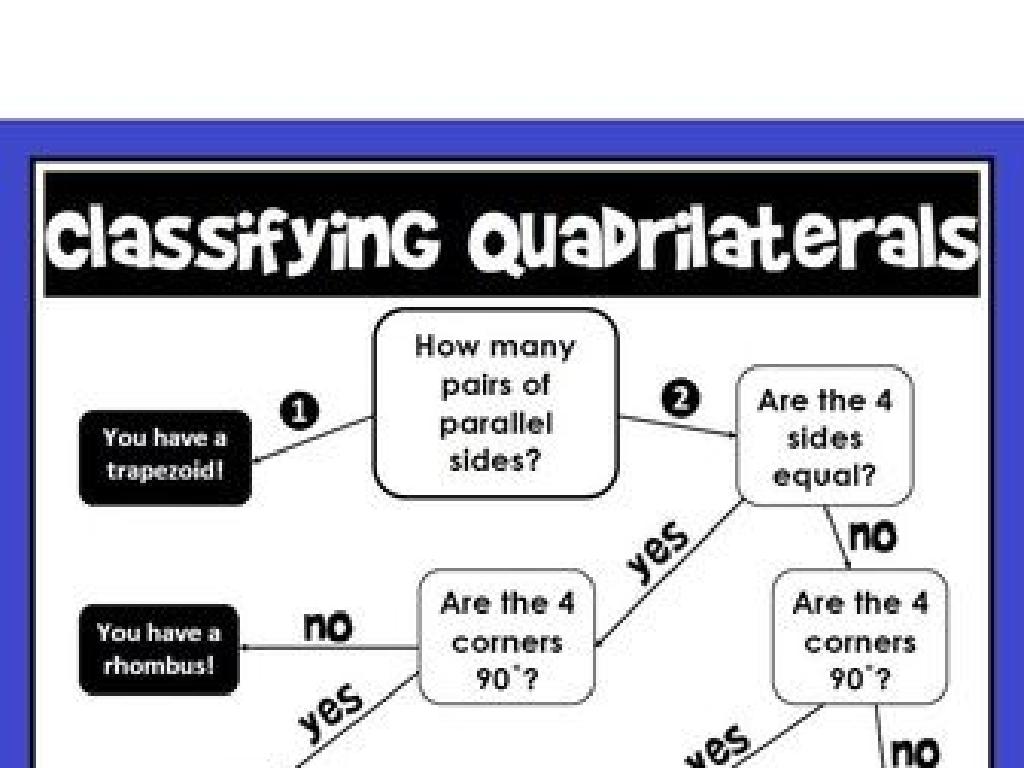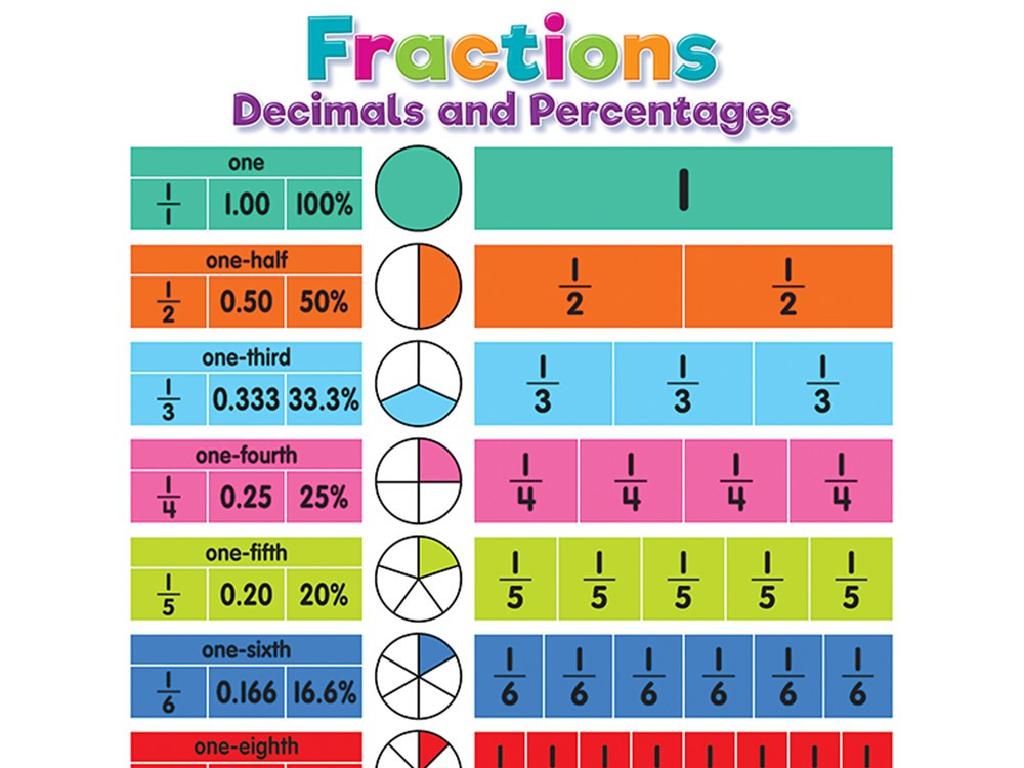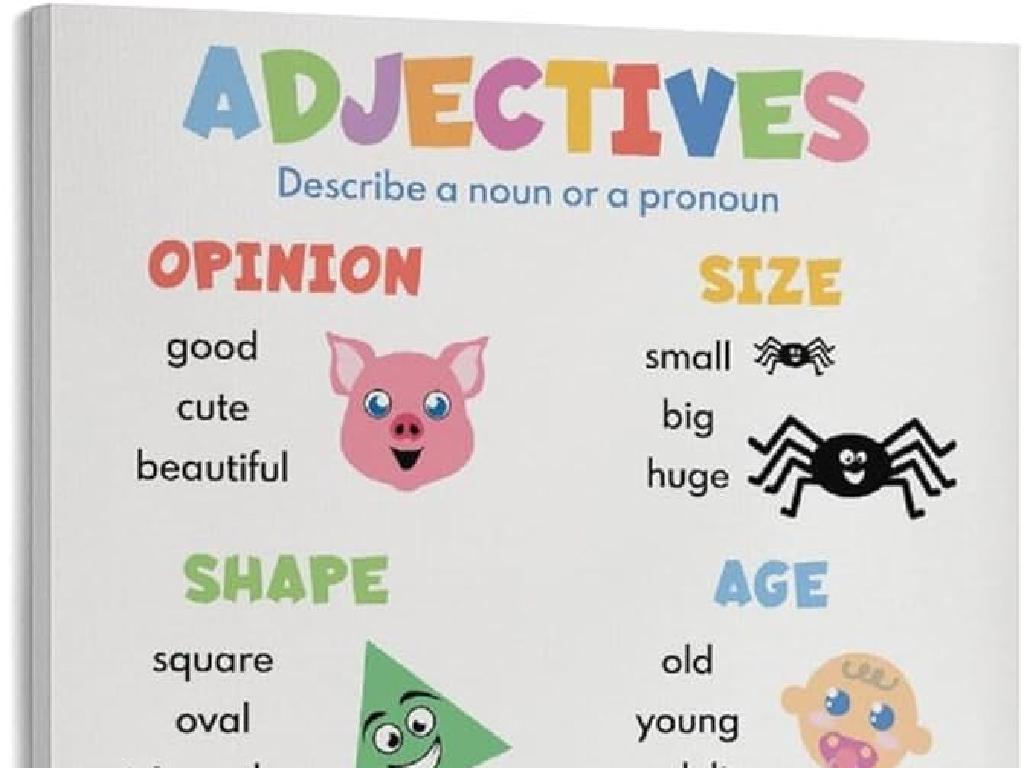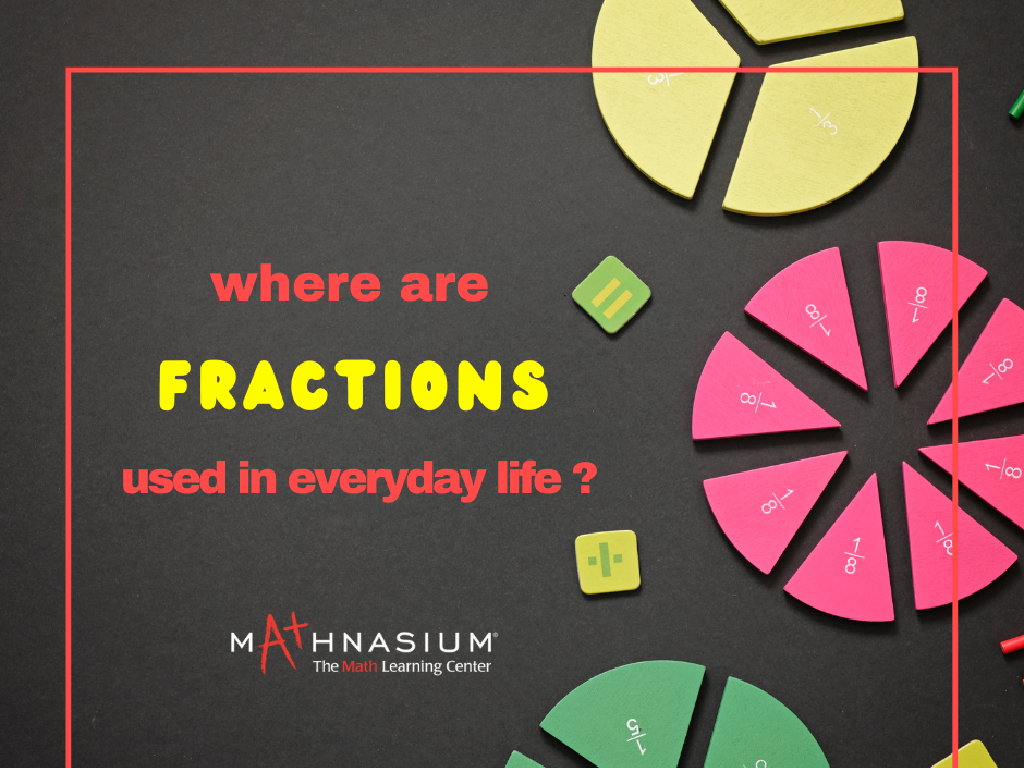Positive And Negative Connotation
Subject: Language arts
Grade: Sixth grade
Topic: Word Choice And Usage
Please LOG IN to download the presentation. Access is available to registered users only.
View More Content
The Power of Word Choice: Connotations
– Connotation: Beyond the dictionary
– Connotation refers to the feelings or ideas that words evoke, beyond their literal meaning.
– Positive vs. Negative connotation
– ‘Slim’ and ‘skinny’ both mean thin, but ‘slim’ has a positive feel, while ‘skinny’ can seem negative.
– Words shape thoughts and communication
– The words we use can influence how we think and how others understand us.
– Choosing words with purpose
– Think about the effect you want your words to have and choose them to match that intention.
|
This slide introduces the concept of connotation, emphasizing the importance of word choice in communication. Students should understand that words carry weight beyond their dictionary definitions, affecting the listener’s perception and the speaker’s intent. Discuss how positive and negative connotations can change the message’s impact. Provide examples and encourage students to think critically about the words they encounter in their reading and use in their writing. This will help them become more effective communicators and understand the nuances of language.
Understanding Connotation in Language
– Define connotation
– Connotation: feelings or ideas that words suggest beyond their basic meaning
– Connotation vs. denotation
– Denotation is the literal meaning, while connotation is the emotional or cultural meaning
– Words with neutral denotation
– ‘Home’ vs. ‘house’: both refer to a dwelling but carry different emotional weights
– Examples of connotations
– ‘Childlike’ (innocent) vs. ‘childish’ (immature); both denote youth but have different connotations
|
This slide introduces the concept of connotation, which is crucial for understanding the deeper meanings and emotions words can convey. It’s important to differentiate between denotation, which is the dictionary definition of a word, and connotation, which encompasses the feelings and associations that the word evokes. Provide examples of words that have the same literal meaning but different connotations to illustrate how word choice can affect perception and communication. Encourage students to think of other examples and discuss how connotation can change the tone of a sentence.
The Power of Positive Connotation
– Defining positive connotation
– Words with a positive connotation evoke a good feeling, e.g., ‘accomplished’ vs. ‘finished’.
– Examples of positively connoted words
– ‘Thrifty’ suggests good money management, unlike ‘cheap’.
– Influence on reader’s perception
– Positive words can make the reader feel hopeful, inspired, or motivated.
– Crafting sentences with positive tone
– Use words like ‘vibrant’ instead of ‘loud’ to describe a colorful dress.
|
This slide introduces the concept of positive connotation, explaining that words with a positive connotation can evoke pleasant feelings and associations. Provide examples to illustrate how similar words can have different connotations, affecting the reader’s emotions and perceptions. Discuss how choosing words with positive connotations can influence the tone of a sentence and the overall message. Encourage students to think about the emotional impact of the words they choose when writing. Have them practice creating sentences with positive connotations to enhance their writing skills.
The Power of Negative Connotation
– Understanding negative connotation
– Words with negative connotation carry a bad feeling or association.
– Examples of negatively connoted words
– ‘Cheap’ vs ‘Inexpensive’, ‘Stubborn’ vs ‘Determined’
– Negative words’ impact on feelings
– They can make the reader feel sad, angry, or upset.
– Choosing words wisely in writing
|
This slide aims to teach students about the concept of negative connotation in language arts. A word has a negative connotation when it implies something unfavorable or has an undesirable association. Provide examples of words that have similar meanings but different connotations, such as ‘cheap’ and ‘inexpensive’ or ‘stubborn’ and ‘determined.’ Discuss how negative connotations can influence the reader’s emotions, often leading to a more negative perception of the subject. Encourage students to think about the words they choose when writing, to ensure they convey the intended message and emotions. Have students come up with their own examples of words with negative connotations and discuss the potential impact on readers’ feelings.
Connotation in Literature
– Identify connotation in texts
– Look for words that carry emotional weight in poems or stories.
– Authors’ use of connotation
– Connotation adds layers of meaning, influencing readers’ feelings.
– Analyze text for connotations
– Examine a paragraph to discern the connotations of chosen words.
– Positive vs. negative connotation
– Understand how word choice can change a message’s impact.
|
This slide introduces students to the concept of connotation in literature, emphasizing its importance in poetry and prose. Students will learn to identify words that carry emotional weight beyond their literal meaning, and how authors use this to add depth to their writing. By analyzing texts, students will practice distinguishing between positive and negative connotations and understand how this affects the reader’s interpretation. Encourage students to think about the author’s purpose and the emotional response they are trying to elicit. Provide examples from familiar stories or poems to illustrate how connotations can alter perception and meaning.
Your Turn: Identifying Connotations
– Group words by connotation
– Sort words into ‘positive’ or ‘negative’ piles
– Discuss perceptions of words
– Why might ‘slim’ be positive and ‘skinny’ negative?
– Share personal examples
– Relate words to feelings from experiences
– Understand context influence
– How does the situation change a word’s impact?
|
This slide initiates a class activity focused on understanding connotations. Students will work in groups to categorize a list of words based on their positive or negative connotations. Facilitate a discussion on why certain words carry a particular emotional weight. Encourage students to share examples from books, movies, or personal experiences where word choice affected their perception. Highlight how context can influence the connotation of a word. For the activity, provide a diverse list of words and ask students to consider the subtle differences in meaning. Offer guidance and examples to help them discern nuances. Possible activities: 1) Matching words with similar connotations, 2) Creating sentences that change the connotation of a word, 3) Writing short stories using words with strong connotations, 4) Role-playing scenarios with different word choices, 5) Debating the connotation of words in current events.
Crafting Sentences with Connotation
– Exercise: Write sentences with connotation
– Choose words with positive or negative feelings
– Understand tone changes with word choice
– ‘Whisper’ vs. ‘mutter’ can change a sentence’s feel
– Share and discuss sentences in class
– Explain your word choices and listen to others
– Reflect on the impact of connotation
|
This slide introduces an exercise designed to help students understand the concept of connotation in word choice. Students will write their own sentences using words that have positive and negative connotations to see firsthand how word choice can alter the tone of a sentence. After writing, the class will come together to share their sentences and discuss the different connotations of the words they chose. This activity will help students reflect on the impact their word choices have on communication. Encourage students to think about how the connotation of a word fits with the message they are trying to convey. Provide guidance and examples to help them distinguish between positive and negative connotations.
Class Activity: Connotation Creation
– Write a story or poem with connotative words
– Notice how words affect mood and message
– Share your creation with the class
– Engage in discussion and provide feedback
|
This activity is designed to help students understand the impact of positive and negative connotations in writing. By creating their own stories or poems, they will actively engage with word choice and explore how it can alter the reader’s perception. Encourage creativity and the use of both positive and negative connotative words. After writing, students will present their work to the class, fostering a collaborative learning environment where they can discuss the effects of their word choices and receive constructive feedback. Possible activities include writing a story with a shift in mood from positive to negative, creating a poem that uses connotative words to convey a strong emotion, or rewriting a neutral sentence to change its connotation. This will help them to critically analyze language and its power in communication.
Reflecting on Connotations
– Recap: Connotation in words
– Positive connotation adds a favorable feel, while negative does the opposite.
– Word choice shapes meaning
– The words we choose can change the tone of our message.
– Apply lessons to daily language
– Think about how the words you use affect your conversations every day.
– Reflect on personal word use
|
This slide aims to summarize and reflect on the key concepts of positive and negative connotations. Emphasize the significance of word choice in effective communication and how it can influence the listener’s perception. Encourage students to apply what they’ve learned by being mindful of their word choices in everyday conversations, writing, and social interactions. Ask them to consider how a simple word change can alter the message’s impact. This reflection will help students develop a deeper understanding of the nuances of language and its power in their daily lives.






